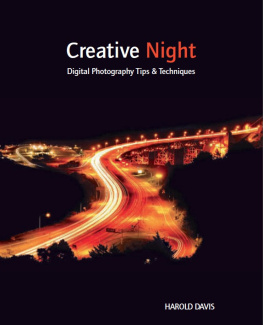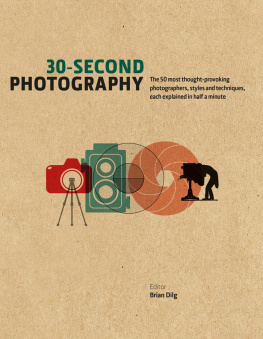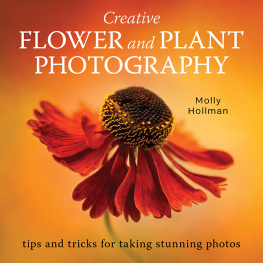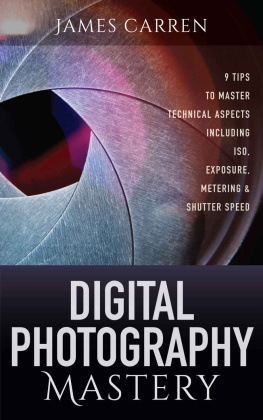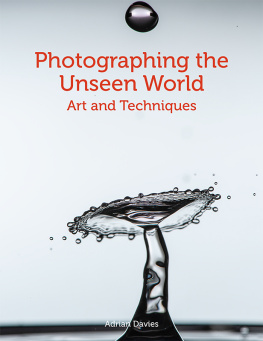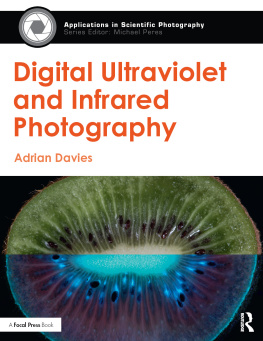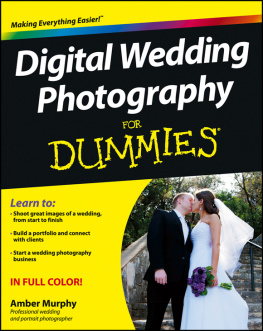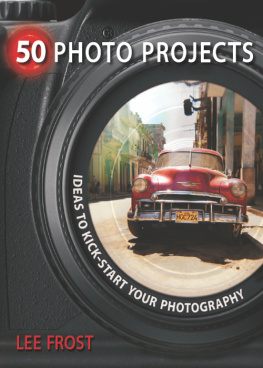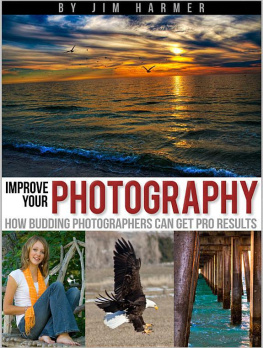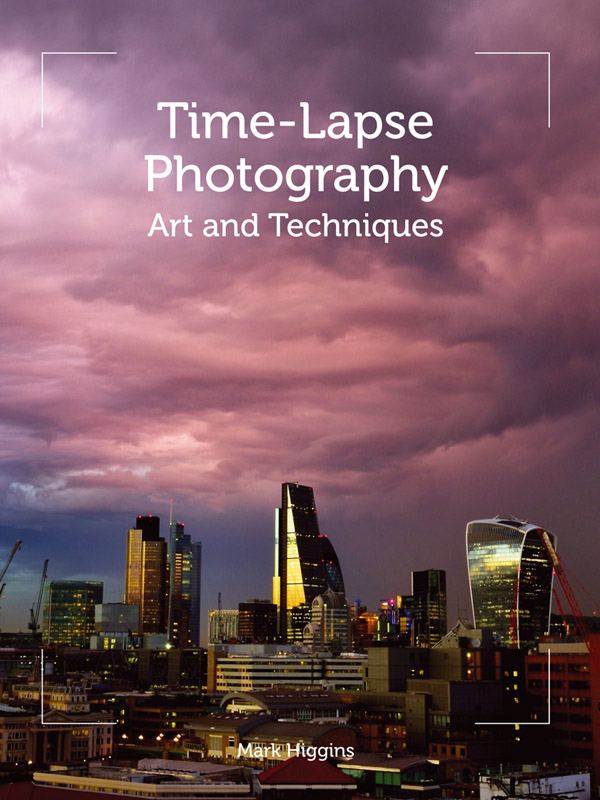Time-Lapse Photography
Art and Techniques

Time-Lapse Photography
Art and Techniques
Mark Higgins

First published in 2016 by
The Crowood Press Ltd
Ramsbury, Marlborough
Wiltshire SN8 2HR
www.crowood.com
This e-book first published in 2016
Mark Higgins 2016
All rights reserved. No part of this publication may be reproduced or transmitted in any form or by any means, electronic or mechanical, including photocopy, recording, or any information storage and retrieval system, without permission in writing from the publishers.
British Library Cataloguing-in-Publication Data
A catalogue record for this book is available from the British Library.
ISBN 978 1 78500 210 6
CONTENTS

This image is an example of what can be achieved when ideas, colours and composition are explored. Whilst experimenting we can make our own path and create visually interesting imagery that excites and inspires us. Camera settings: 1/250s, /9, ISO 400.
Introduction
W elcome to the exciting and inspiring world of time-lapse photography. We will explore techniques that will be invaluable to both the beginner who has only just picked up a camera and the professional who is looking to expand their creativity and skills. Many different approaches will be addressed, which will enable the learner to react to any shooting situation with confidence. Time-lapse photography in many ways is a bridge between shooting stills and video. Because of this crossover, the reader will be given an opportunity to explore all areas of photography and video that relate to time-lapse.
Time-lapse is a sector of photography that is constantly changing with the development of new technology and ideas; this should be embraced and explored in order to advance and evolve your learning. There is a wealth of information and technology available, and we can utilize it to our advantage.
HOW TO USE THIS BOOK
This book should be used as an informative and enjoyable resource for anyone interested in learning about time-lapse, as well as stills photography and video-making. The reader might choose to work through this book from cover to cover, or to use it as an occasional reference. Everyone learns in different ways and at different paces, so absorb the information in the way that works for you. Learning about photography is as much about practical experience as it is about theory.
Sometimes too much time can be spent simply talking about photography, rather than actually going out and creating imagery. This is why throughout this book there will be practicals for you to engage with to reinforce the content covered. Building your knowledge in a practical manner is key to driving your work forward, and the aim of this book is to help the reader develop a portfolio of exciting work and to gain confidence and experience.
The learning process
Learning in itself is an interesting challenge, and we all learn in different ways, but generally if you take a positive and enquiring approach this will help your progress. When working on your time-lapse videos, never let small setbacks get in the way of your passion for imaging. You may find there are days when nothing is working at all. It happens to everyone; dont let this get you down. If you have created a time-lapse that you dont like, then use it as a learning experience; dont delete it but learn why you dont like it.
Getting started
At the beginning you might have a blank canvas; this is probably the most daunting part of the process, but it is also one of the most exciting. It may be worth starting in an area that you are comfortable with, such as landscape or street photography, for example. This will take some of the pressure or uncertainty away from the beginning of the exercise. All it takes is one or two successful results and you will start to gain valuable confidence. After this first step you will realize the rich scope of potential that you have with time-lapse photography.

Working with strong colours and shapes is a fantastic way to achieve eye-catching imagery. Here the lines of the bridge have been used as a compositional tool. A star burst (top left) has been created by using a particular aperture setting. The people on the bridge have been blurred by the use of a slow shutter speed. All of these elements come together to create evocative stills or time-lapse videos. Camera settings: 30s, /16, ISO 100.
Chapter 1
What is time-lapse photography?
T his chapter will establish the fundamentals of what time-lapse photography is by deconstructing its meaning and placing it within stills photography and video, as well as looking at the subject as a stand-alone area. We will consider it as a powerful communication tool and look at different ways in which it can be used. The ideas explored will help you define the genre and therefore help you create stunning content. Key questions will also be asked about how to go about producing your content.
WHAT DOES TIME-LAPSE MEAN?
The Latin word lapsus means for time to pass by, or elapse, so time-lapse essentially means time passing. Generally time-lapse photography shows time moving more quickly than in real life. The speed at which you choose to portray time passing will depend on how you want to communicate your content. There is no reason why you should not portray time moving both forwards and backwards, but it is more common for time-lapse photography to depict the former.
A healthy interest in science fiction can be useful (this might sound strange but keep reading) time-lapse photography is essentially about time travel because we are able to see time passing in a way that we normally would not. The beauty of it is that we dont need a time machine to do the travelling: all we need is a camera and some imagination. When capturing a time-lapse, we take lots of still photographs, put them together in a video format and the result appears to fast forward time. Music is often used to accompany the final video and a well-chosen audio track can successfully enhance the viewing experience. Time-lapse clips are frequently used in the context of a larger video, such as a television series or movie and everything in between. Time-lapse is becoming much more popular and accessible because technology allows more photographers to be able to produce it. Large, expensive cameras have been used to create time-lapse videos for a very long time, but now we have smartphones, tablets and smaller advanced cameras, which can also be used. Although time-lapse has become easier from a technical standpoint, the creative side remains something that requires time and effort before you can achieve your aspirations.
Deconstructing time-lapse

This diagram represents the passing of a single second in time. In this example the time-lapse has been captured at one frame a second. The delivery is at least 24 frames per second. The final result will therefore be 24 times faster than how it looks in reality.


